Did you notice all the white spots sticking out from boat surfaces and sea walls at harbors? Those are animals known as barnacles. They are also common in natural habitats like rocky shores or on large marine vertebrates like whales and turtles🐳, where they secrete adhesives to stick themselves onto hard surfaces. They are found in coastal regions all over the world, filtering plankton and bits of dead organic material out of seawater with feathery appendages😋.
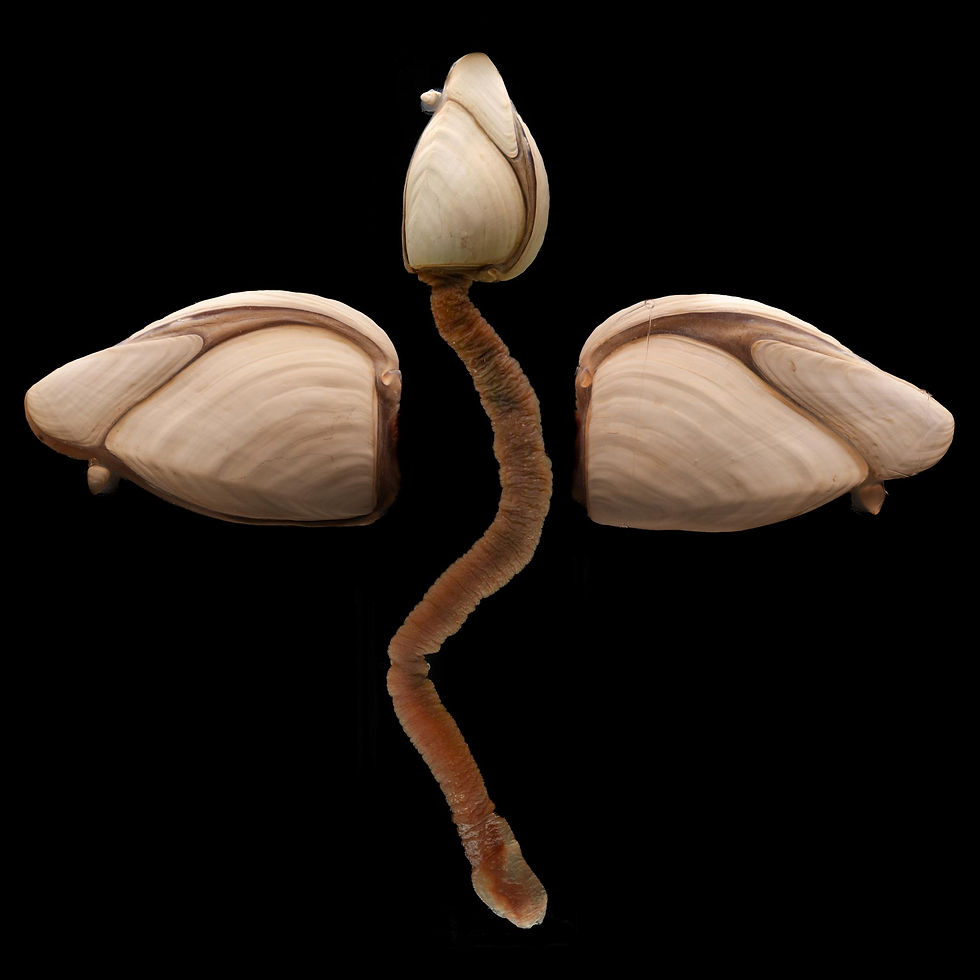
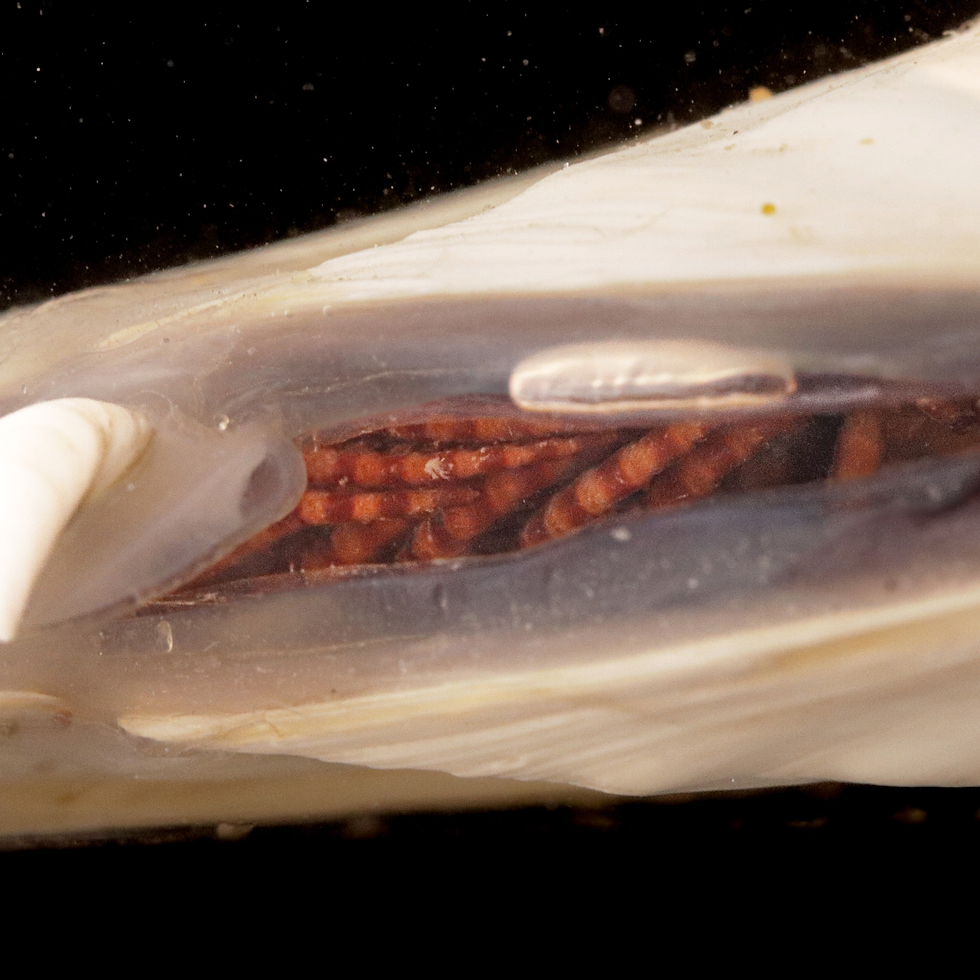
The barnacle species 𝘓𝘦𝘱𝘢𝘴 𝘢𝘯𝘢𝘵𝘪𝘧𝘦𝘳𝘢 (Linnaeus, 1758), more commonly known as the “goose barnacle”, got its name because of its long stalk resembling the head and neck of a goose. In the Medieval era, Europeans thought the barnacles would eventually grow into actual geese! The geese would fly into the arctic to breed, so Europeans never saw them lay eggs🥚. Seeing that goose barnacles are similar in appearance, they believed that the geese are formed from driftwood, and grow in the shells of the goose barnacles. When they matured, the geese would emerge from their shells, fully formed. It took a lot of imagination (and credulity) and of course, we now know this is false❌, though the common names of these very different and evolutionary distant animals still show an interesting shared naming history.
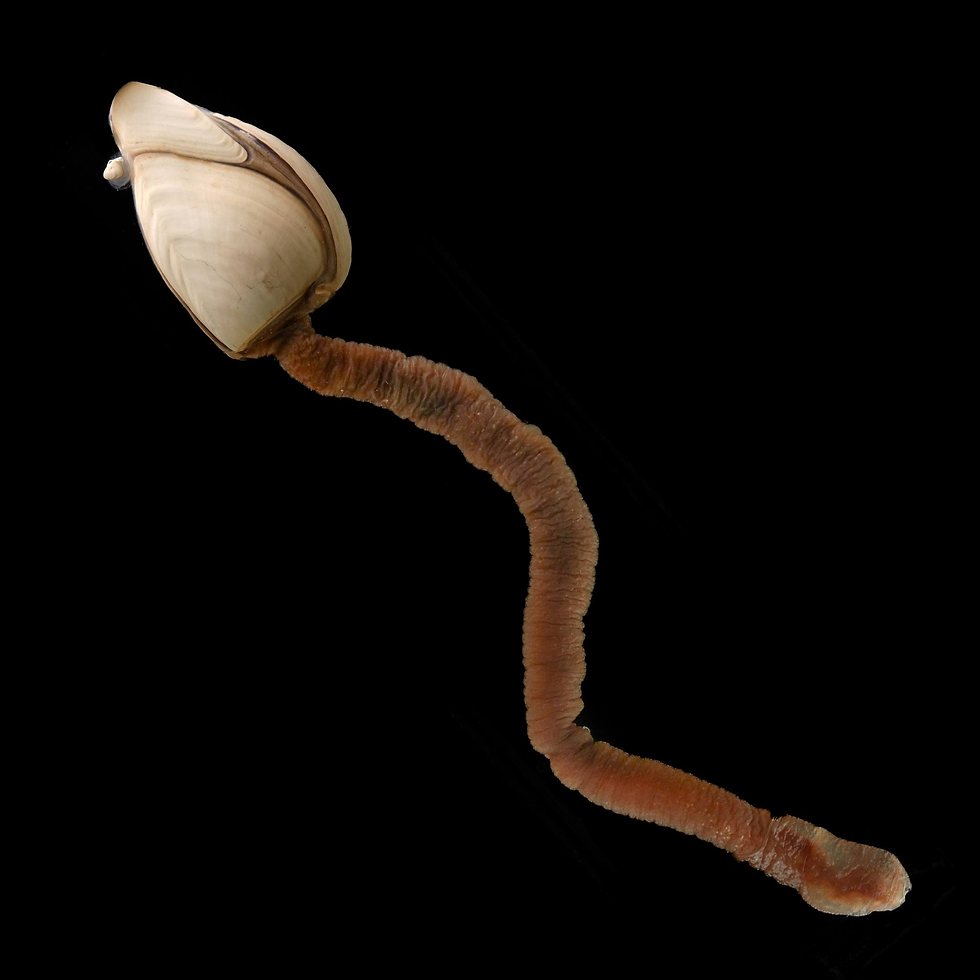
Another misconception is that barnacles are mollusks🐚, just like many other shelled creatures found on beaches or rocky shores. But here again, this is incorrect and despite their appearance, barnacles are a type of crustacean, just like crabs, lobsters and shrimps🦐! When they first hatch, they are in a larval form known as a nauplius. This form is unique to crustaceans, and they swim freely using their bristle-like setae (some kind of hairs). After feeding, they grow and enter the cyprid stage, where they find a suitable surface to settle🏠. It feels surfaces with attachment discs of its antennules (antenna-like structures), and once it finds a suitable surface it will attach to it and undergo metamorphosis to become an adult barnacle.
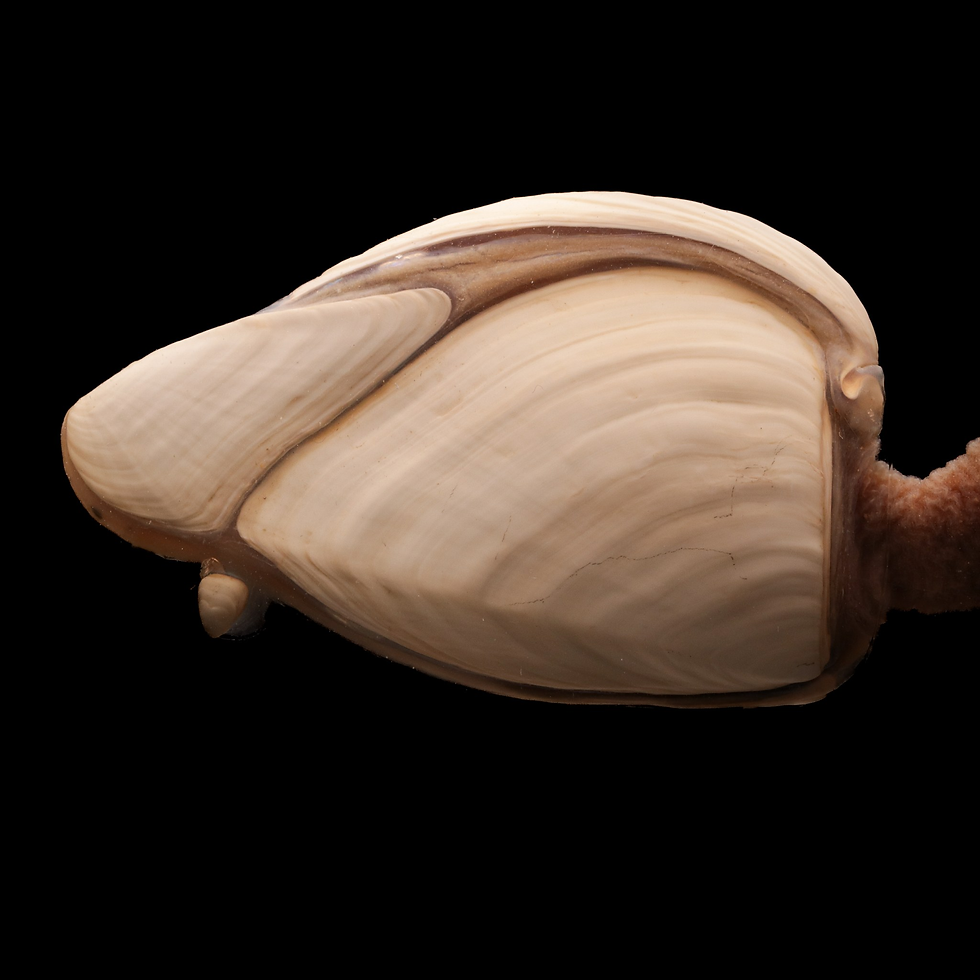
The adhesives secreted by barnacles are very strong so they can fight against strong waves🌊 and keep themselves fixed to the surfaces they live on. Researchers at MIT developed a barnacle-inspired paste that could seal wounds in under 15 seconds🩹. This paste has the special property that, unlike previous adhesives, it works even when the wound is wet and bloody, just like the barnacle’s adhesives were adapted for coastal environments.
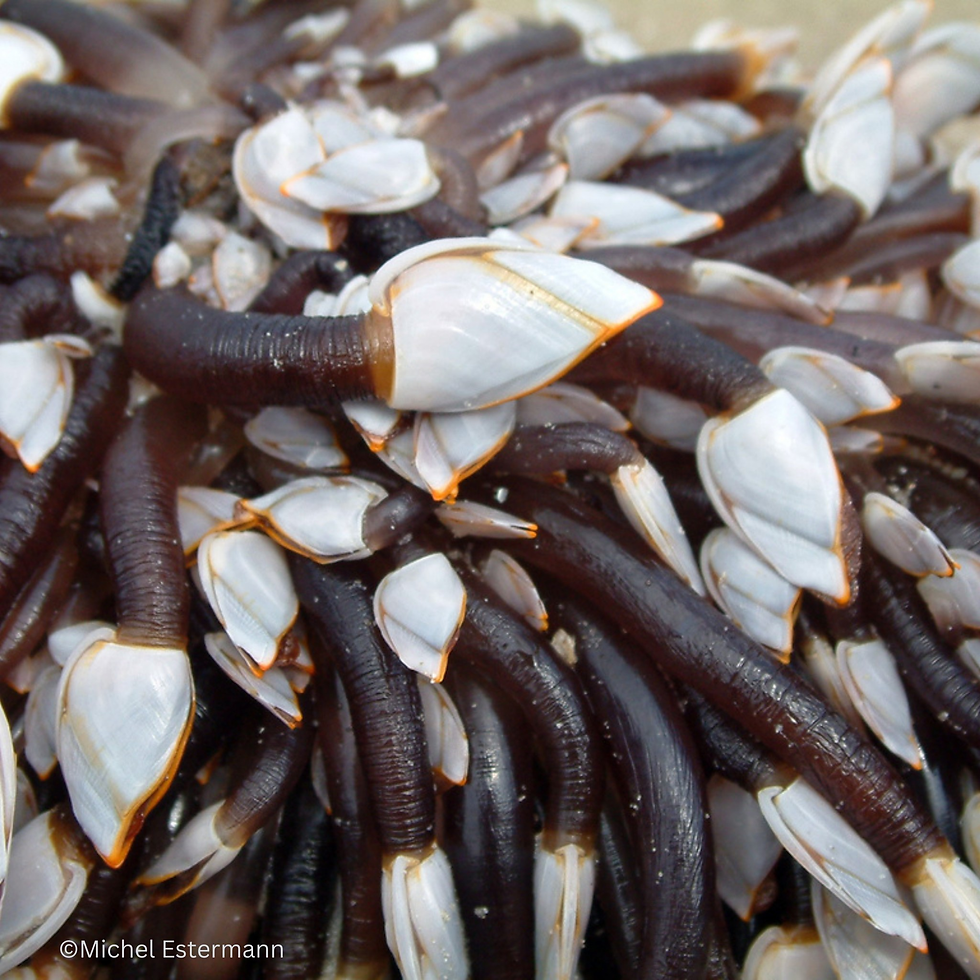
Like other barnacles, goose barnacles grow not only on rocky shores, docks or marine vertebrates but also on floating debris like driftwood. Thanks to their traveling habits and their adaptable lifestyle, they can be found all over the world, from Spain to South Africa, and from New York to New Guinea🌍. This obviously benefits the barnacles, but it is harmless to their host animals, with this ecological relationship between barnacles and their hosts referred to as “commensalism”👍.

Experts can trace where and for how long these animals and objects have been drifting by studying the attached barnacles’ shells🧐. Like tree rings, barnacle shells grow layer by layer, and are affected by the temperature and salinity of the surrounding water. By studying these shells, scientists hope to retrace the paths of sea turtles🐢, debris from the mysterious flight MH730✈️, and even a corpse washed up on a shore in Southwestern Italy😮.
Come see specimens of these animals that are full of surprises at the Hong Kong Biodiversity Museum!
Text: Elgar

Comments